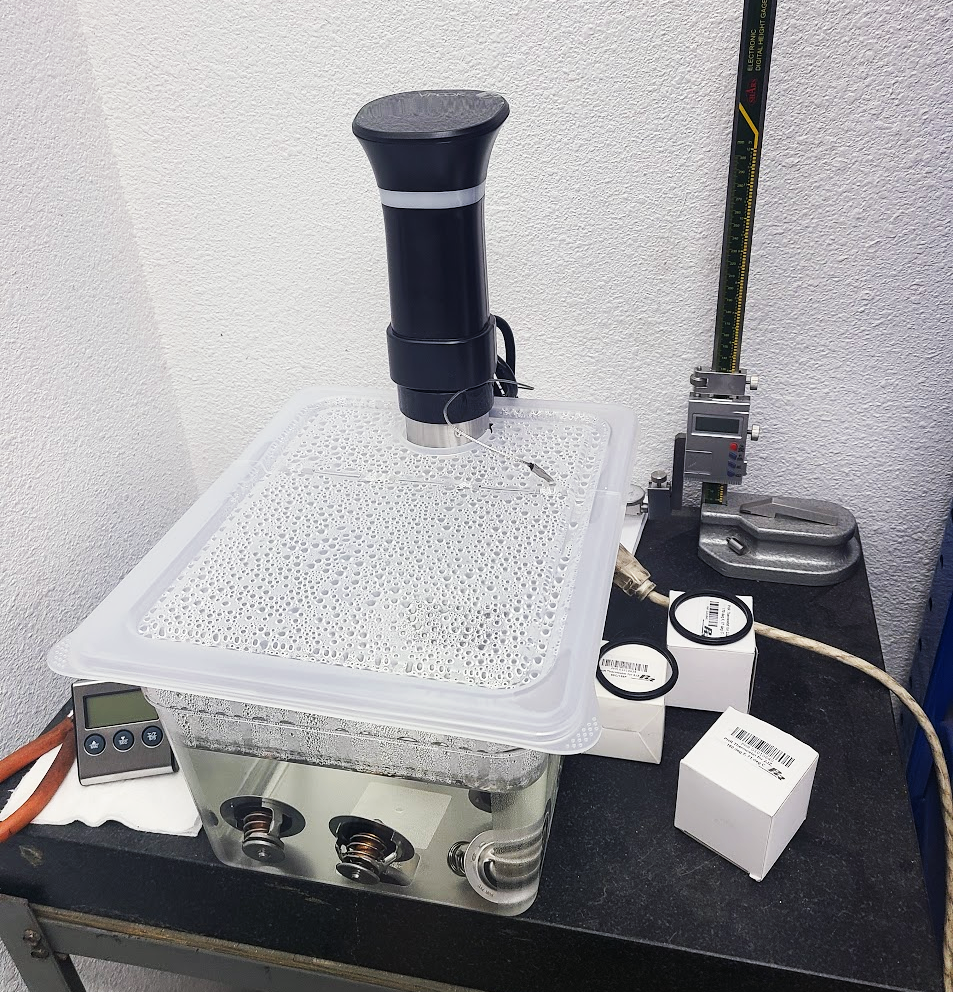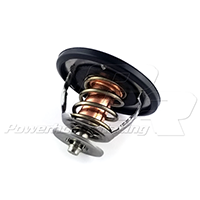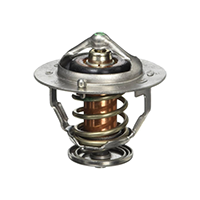In the world of high-performance racing, every detail counts towards achieving victory on the track. From engine tuning to aerodynamics, each component plays a crucial role in determining the overall performance of a race car. Among these components, the thermostat stands as a silent yet essential regulator of engine temperature. In this analytical blog post, we'll delve into a comparative analysis of thermostats from Powerhouse Racing (PHR) and the factory Toyota counterpart, shedding light on their efficiency and significance in racing applications.
Optimizing Racing Performance: The thermostat is just one piece of the puzzle in optimizing racing performance. When combined with other well-designed cooling system components, it contributes to a finely-tuned racing machine capable of delivering peak performance on the track. By investing in high-quality products like those offered by Powerhouse Racing, racers can gain a competitive edge and push the limits with confidence.
Understanding The Thermostat: Thermostat temperature range is crucial for maintaining optimal engine temperature, which directly impacts performance and reliability, especially in racing conditions. A well-designed thermostat should spend most of its time regulating temperature within a specific range, responding dynamically to changes in engine load and ambient conditions.
It is important to understand the function of the thermostat: to REGULATE coolant flow through the radiator. It does NOT aid in cooling, nor does it increase thermal efficiency. Further, it certainly cannot stop a car from overheating if the cooling system is inadequate. That being said a, failed thermostat certainlycan be the cause of overheating, if it stuck in a closed or nearly closed position.The thermostat should be though of in these terms: At what temperature range do I want my car to operate. As stated, the thermostats job is to regulate the flow through the radiator and therefore its range is where this flow will be regulated.
Importance of Efficient Cooling Systems: In a racing application, where precision and reliability are paramount, the efficiency of the cooling system can make or break performance. A well-designed cooling system, comprising components like radiators, intercoolers, water pumps, and cooling fans from reputable manufacturers like Powerhouse Racing, ensures consistent engine temperature regulation and optimal performance throughout races. Without an efficient cooling system to work with it, the thermostat will act simply as a valve that opens at a specific temperature, and then is meaningless as the temperature continues to rise above the range.
This is why PHR offers several different thermostat options so you can select your specific operating temperature range rather than just a single performance thermostat.
Target Temperature: Target temperature is controlled by a combination of the thermostat and the cooling fan. This is only meaningful if you have a system efficient enough to be capable of maintaining that target. As an example, if your thermostat's temperature range is 160 degrees to 180 degrees, and your fan is at full speed, but your coolant temperature is at 200 degrees, this would indicate a cooling system that is inadequate for the thermostats temperature range.
The target temperature is like fine tuning within that range. This is controlled either electronically with electric fans, or mechanically with the fan clutch on a mechanical fan setup like the factory Supra setup. The fan clutch is not a precise device. It tightens as temperature increases and loosens as temperature decreases and therefore acts a lot like the thermostat, maintaining a range rather than a specific target. Whereas a good electric fan setup can target a very specific temperature. We delve more into this in our blog post, Importance of efficient cooling systems and target temperature.
Understanding the Terminology: Before we dive into the comparison, let's clarify some key terms. The "crack temperature" refers to the moment when the thermostat begins to open, akin to a door "cracking" open. Meanwhile, the "full open temperature" marks the point at which the thermostat is fully open, allowing optimal coolant flow.


Comparative Analysis: Powerhouse Racing vs. Factory Toyota: To understand the impact of thermostat efficiency, we've conducted tests on three Powerhouse Racing thermostats alongside the factory Toyota thermostat. Let's examine the results:

Powerhouse

Powerhouse

Powerhouse

Toyota
- Powerhouse 68°C/155°F Thermostat: Crack Temperature: 68.5°C/155.3°F, Full Open Temperature: 81.6°C/179.0°F
- Powerhouse 71°C/160°F Thermostat: Crack Temperature: 71.2°C/160.2°F, Full Open Temperature: 85.1°C/185.1°F
- Powerhouse 77°C/170°F Thermostat: Crack Temperature: 77.2°C/170.9°F, Full Open Temperature: 90.2°C/194.4°F
- Factory Toyota 82°C/180°F Thermostat: Crack Temperature: 82.9°C/181.3°F, Full Open Temperature: 93.7°C/200.6°F
Analyzing Test Results: Comparing the crack temperatures of the Powerhouse Racing thermostats to the factory Toyota thermostat reveals significant differences. The Powerhouse Racing thermostats exhibit lower crack temperatures, indicating lower temperature activation. Additionally, their lower full open temperatures suggest lower peak temperature target for varying conditions.
Conclusion: In conclusion, the crack and full open temperatures of thermostats plays a critical role in maintaining optimal engine temperature and maximizing racing performance. Through simple testing and analysis, we've highlighted the difference of Powerhouse Racing thermostats in terms of activation and temperature regulation. When integrated into a well-designed cooling system, these thermostats contribute to a winning formula for success on the racetrack.
Upgrade your racing experience with precision-engineered cooling system components and unlock the full potential of your race car. Explore Powerhouse Racing's product lineup today and elevate your racing performance to new heights.
Powerhouse Racing creates racing parts for cooling systems. Here are links to the the cooling system categories for specific vehicles:
MKIV Toyota Supra Turbo
MKIV Toyota Supra NA
Lexus IS300
Lexus GS300
Lexus SC300